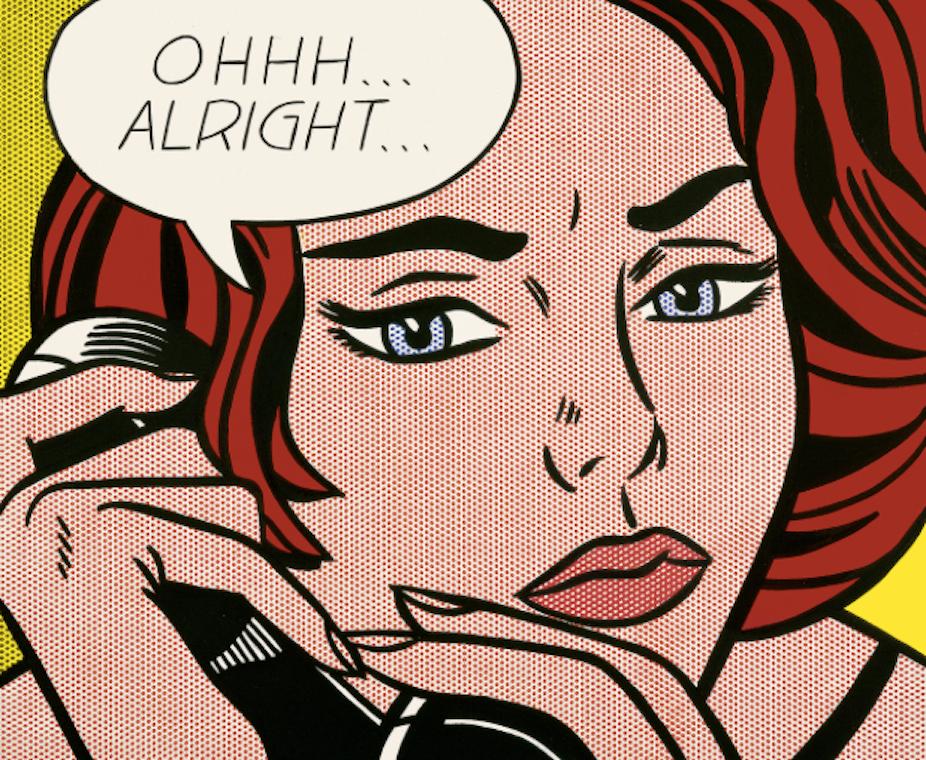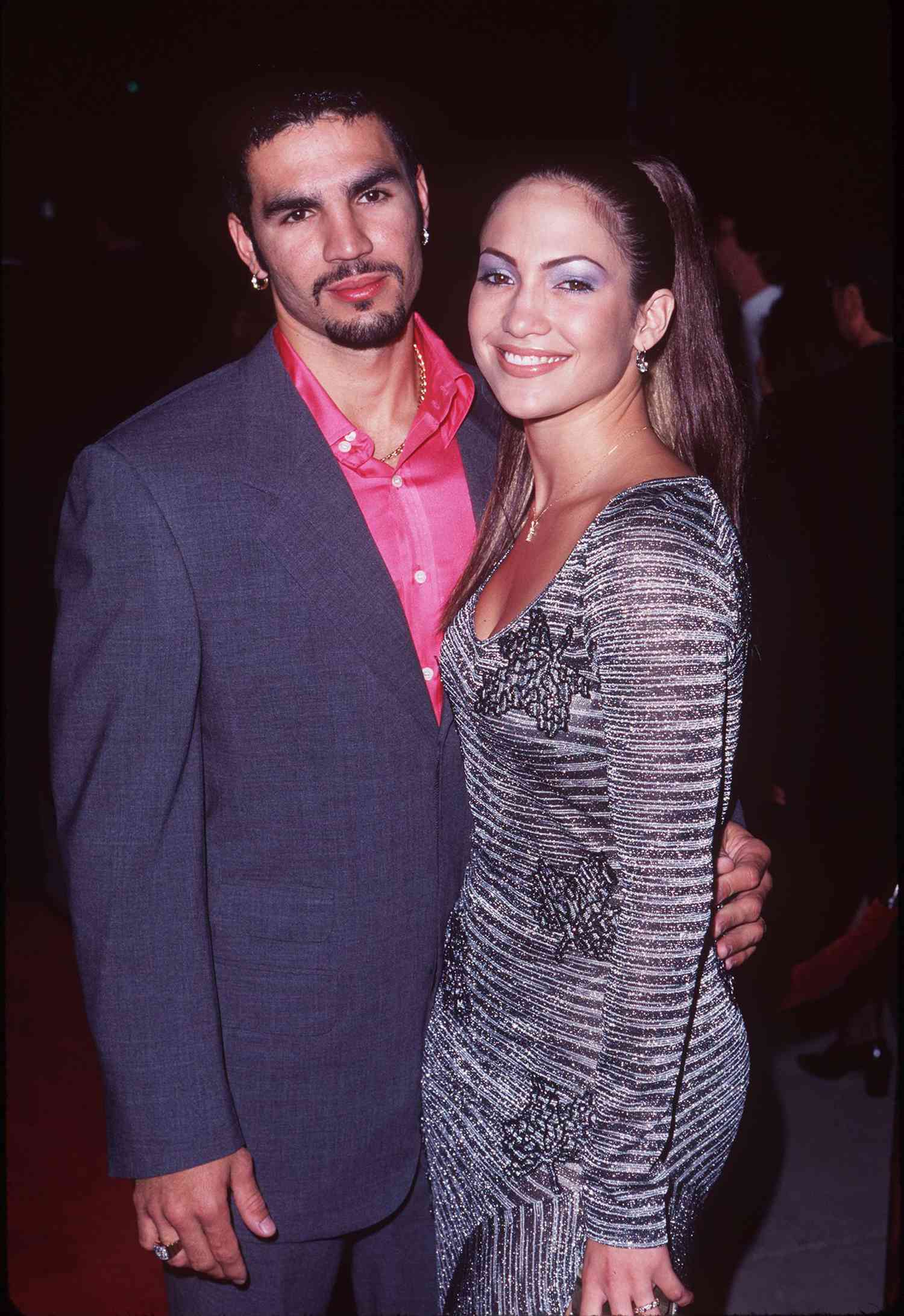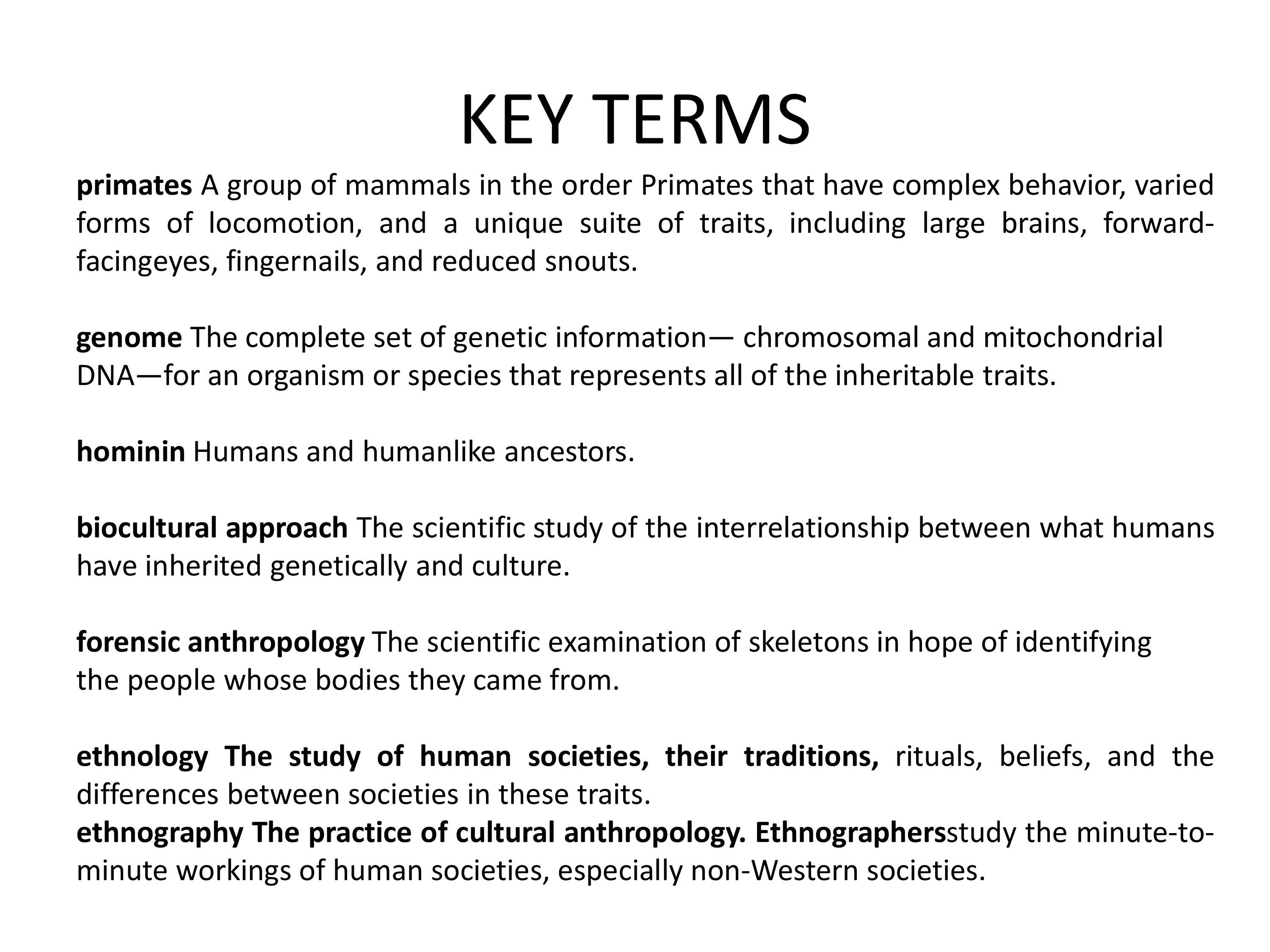
ed
Edward Ruscha was born with artistic talent. His mother encouraged him to follow his dream and go to art school. He enjoyed drawing cartoons. His father was less supportive. Although he disapproved, he changed his tune when he was admitted to Chouinard Arts Institute, an art school based in California. He met Walt Disney while at Chouinard and was often offered lucrative jobs.
Ruscha's book of artist photographs often contains blank pages. Sometimes, there may be ten double-paged spreads. These pages serve as invitations to the viewers to engage with the artwork. The artist was known for simplifying his artistic ideas. In this way, his work has remained influential for almost 60 years.

Exhibitions of Ruscha's work have taken place in various countries. His work has been displayed at the Hirshhorn Museum, Washington, DC, and the Museum of Contemporary Art, Chicago. His work has been displayed in galleries and museums across Europe, from London to Munich to Stockholm.
Ruscha's work was greatly affected by the pop art movement. His paintings and prints were inspired by pop culture and his observations of urban life. His images often depicted Los Angeles landscapes and the lifestyles that they reflect. His work was graphically simple, but he was playful and deeply interested in the vernacular.
Edward Ruscha was a Nebraska native who later moved to Los Angeles in order to continue his art education. He began painting and studying art while he was in college. He began experimenting with different mediums, including painting and cartooning. Rene Magritte and Raymond Hains were influential in his paintings. He studied at Chouinard Art Institute before becoming a member of Ferus Gallery Los Angeles.
A gift from Paul '60 and Helen '62 Anbinder greatly expanded the Cornell University Library's collection of contemporary artists' books. Among these is his book "Ed Ruscha: Wordworks," a book that reproduces 575 word works by Ruscha. The artist inscribes the books.

Twentysix Gasoline Stations is Ruscha's other artist book. It is difficult to categorize. It is 25 feet long and resembles a standard artist’s book. It includes two continuous photographic views on the Sunset Strip. The photographs are meant to portray the entire architecture on Sunset Boulevard. Ed Ruscha manually combined each photo.
FAQ
What can pop music teach us?
Our society today values material things over everything else. This is especially true for young people. They spend hours each day staring at screens. They surf the internet, watch movies, and play video games. They are distracted from their schoolwork by all of these distractions. This leads to them failing classes.
The world we live in is one where everyone wants the same thing. That means being popular. Popularity depends on money, clothes, and other possessions. This makes it easy for some people to do wrong.
Technology has made us too dependent. All information is available to us thanks to technology. Not everything is accurate. False rumors can be found all over the Internet. These rumors spread quickly because people share them on social media sites. It's easy just to post something and not verify its authenticity.
People are losing their ability to think critically. People believe everything they see on the Internet. They believe what is written in magazines and on television. They stop thinking for themselves. Instead, they follow others.
We lose control when we rely on other people to tell us what's up. Pop culture teaches that we should depend on other people. It can also make us lazy. We don't always see the truth, but it is there.
How did pop culture develop?
Technology was the driver behind the growth of popular culture. It developed as people became increasingly mobile. The radio was the first to allow mass communication. This allowed for the rise of television and the birth of the internet.
People first started to use computers at home. They were also exposed to computer gaming. These games were played with consoles such the Sony Playstation 3 and Nintendo Wii. You can now download them online for free. Many people choose to play videogames instead of watching television.
Video games are very popular among teens and children. These games can be played solo or with friends over the internet. Call Of Duty games and Grand Theft Auto have a lot of violence. Parents worry about their children's safety while playing these games. Some people find it thrilling to see what happens when a character is killed.
Music videos are another way pop culture influences youth. They provide information about celebrities and current trends. They are very popular with young people. Music is an integral part of our lives.
Many artists use special effects in music videos to enhance their songs. Rappers, for example, use makeup and wigs in order to appear more attractive. Some musicians have to go through extreme physical and mental challenges in order show their bodies. Many singers sing in costumes.
There are so many options for music today. You can listen to anything you want. This is not always good news. Music can sometimes encourage violence. People can get upset when they hear certain lyrics or words. Sometimes they even commit crime.
50 Cent recently experienced this. His song Get Rich Or Die Trying features a line: "I'm going to shoot a motherfucker down / I don't know why but I just might." When someone heard this song, they thought it meant that he would kill someone. A man threatened him and called him up. So 50 Cent changed the lyrics. It now reads: "I'll shoot an inchch down/ I'm not sure why, but I may."
Popular culture is essential. We need to be able to see how it affects our lives. If we don’t know how it affects our lives, we won’t have the ability to protect ourselves from its negative consequences.
What examples of pop culture are there in 2021?
Two hijacked planes crashed into the Twin Towers of New York City's World Trade Center on September 11, 2001. This day would be called 9/11.
The events of this day have impacted popular culture and continue to do so today. It is easy to see how this event has impacted our lives in many different ways.
Television shows and movies such 24 are examples. United 93 tells the story behind what happened on the flight to Los Angeles from Boston on September 11. Dexter Filkins' The Forever War book is included.
Everybody can recall exactly where they were when the attack occurred. Some people got up and went outside, while others read the newspapers or watched TV.
Pop culture is always changing. It reflects society and provides inspiration. What will happen to popular culture in the next year? We can't tell yet. It will be completely different than the one before.
How did pop music become popular?
It was an accident. It was an accident. The first song was accidentally written when someone knocked over the piano while playing on New Year's Eve 1920.
The recording company loved what they heard so they decided to release the single.
This became the first recorded hit single.
Pop music has become today's most popular form for musical entertainment.
Who first coined the term Pop Music
Frank Zappa created it. He coined the term "pop music" to describe his musical style.
He stated that he wanted to create music that appealed to everyone. That's why he called his music pop music.
Zappa also created the phrase "You know it's POP when..." which means that something is really popular if many people enjoy it. For example, Michael Jackson's Thriller album is one of the best-selling albums ever.
Zappa has a different definition of pop music than we do today. Pop music is today all music. But, there were only certain types of music that was considered pop back in those days.
What is popular culture in the world of music?
Popular Music Culture can take many forms.
The popular music culture is defined by the use of certain musical styles (e.g., jazz, rock) as well as lyrics. It also includes the impact of visual media such as television, fashion and advertising on artists' careers, as well as public perception.
It's also about how fans interact with their favorite artists.
One element of popular music culture is the emergence of "superstars" - artists who have achieved fame and fortune for themselves.
These celebrities often transcend genres to become cultural icons. The evolution of popular culture has been influenced by their popularity.
Other aspects of popular music culture include:
* The rise in recording technology - from acoustic instruments, to electric guitars, and microphones.
* The invention of record players and radios;
* The birth of rock 'n roll.
* The introduction of television and film
* The birth MTV and VH1
* The creation of internet.
What are some positive aspects of pop culture?
Pop culture has some positive aspects. It gives people something to discuss. It allows people to express creativity. Artists can use pop culture to help promote their work.
Pop culture brings people together. Everyone wants to see the same shows. Everyone has a favorite song. Everyone likes the same movies. Pop culture allows people to connect.
The problem is that not all pop culture is healthy. Many films glorify violence. Some TV programs mock people with mental disabilities. Others encourage their fans and followers to get high.
So what do we do when pop culture has negative aspects?
We should try to avoid the negative parts of pop culture. It shouldn't be allowed to influence us. It can lead to problems in our health. It can even lead criminality. It can also affect our relationships.
Pop culture has a positive or negative impact on society. Are its values being promoted? Are people being indoctrinated to do terrible things?
Finally, let us ask ourselves whether or not we are happy in the world that we live. What music do you like? The TV shows that we watch The clothes we wear?
If we are concerned about our future, it is essential that we take responsibility and be accountable for our actions. We must decide the world we want. This will allow us to choose the right kind of pop culture.
Statistics
- Yet a Nielsen study shows they account for 42% of the country's most-watched content on streaming services. courtesy Nielsen (npr.org)
- According to CNBC.com, “more than 70% of the film's revenue came from countries outside the US” (https://www.cnbc.com/2019/01/08/aqua...nal-sales.html, ret. 8/18/19). (socialsci.libretexts.org)
- In 1987, US films captured 56% of the European film market. (socialsci.libretexts.org)
- According to Kathryn Sorrells (2013, pp. 142-144), there are several ways that we can become informed consumers of popular culture. (socialsci.libretexts.org)
- Latinos represent roughly 19% of the U.S. population. (npr.org)
External Links
How To
Which movie contains the most references to pop culture?
The Matrix was a science fiction action movie written by Andy Wachowski & Lana Wachowski. It was released on May 21, 1999, by Warner Bros. Pictures and starred Keanu Reeves, Carrie-Anne Moss, Hugo Weaving, Laurence Fishburne, Mary Alice, Joe Pantoliano, Bruce Willis, and Jim Caviezel.
Neo (Keanureeves) is a computer programmer, who discovers that he exists in a virtual reality simulation known simply as "the matrix." He is determined to find out how his world came about and why he lives in this virtual universe. Along the way, he meets Morpheus ("Hugo Weaving"), an agent for Zionists. He also encounters Trinity (Carrie Anne Moss), a program that helps him understand the truth behind Zionists.
The film received positive reviews from critics and grossed $821 million worldwide against its budget of US$150 million.
It won several awards, including Academy Award for Best Cinematography, Golden Globe Awards for Best Motion Picture - Drama, Screen Actors Guild Awards for Outstanding Performance by a Male Actor in a Leading Role, and BAFTA for Best British Film.
The Matrix is often cited as one of cinema's greatest films. Time magazine placed it at #3 on its list of 100 greatest films since 2000 in 2004.
Empire Magazine placed The Matrix as number 12 on their list, 500 Greatest Movies Ever Made, in 2007.
Rolling Stone called The Matrix the 9th most action-packed movie of all time in 2010.
The Matrix Revolutions was released in 2003.
The Matrix is a common reference for video games, especially first-person shooter gameplay.
The game series Call of Duty features a mission titled "The Matrix", which takes place after the movie's events.
South Park's episode, "The Death Camp of Tolerance," features a scene in the which characters see The Matrix.
One scene from Halo 4, 2012, features a character looking at The Matrix.
The 2013 video game Borderlands 2 features a side quest called "The Matrix."
Destiny (2014) featured a playable character who could use the power weapon "The Nebuchadnezzar," which was based on the gun used in the movie.
Fallout 4 features "The Power Armor Files," a DLC pack for 2015. It tells a story about a character that wears power armor suits similar to Neo's.
Overwatch 2017 features a character with a unique ability called "Matrix Cannon", which allows him to fire energy blasts like lasers or bullets.
The 2019 video game Doom Eternal contains a level called The Matrix
A Metro Exodus (2018) character wears a jacket featuring the movie logo patch.
The 2019 video games Mass Effect: Andromeda & Shadow of the Tomb Raider include a mission called "The Matrix".
The 2019 Star Wars Jedi Fallen Order videogame has a mission called The Matrix. It features Neo as the character.